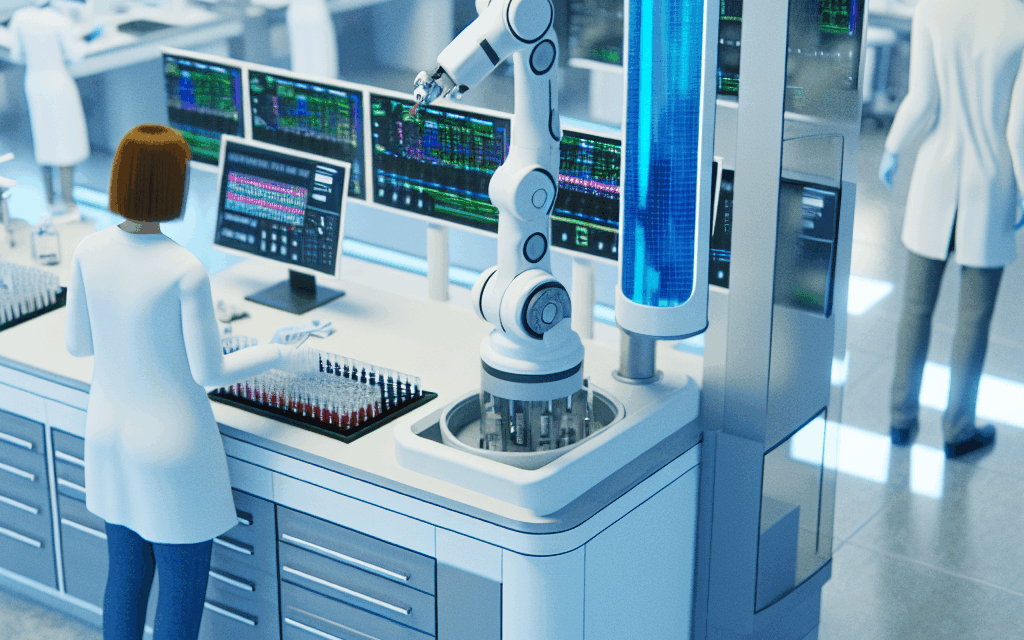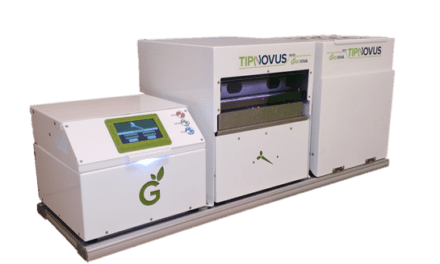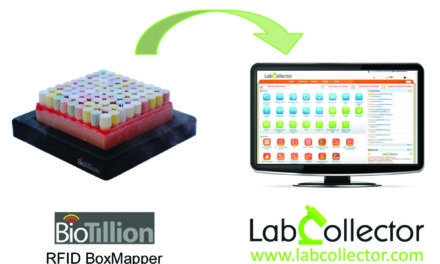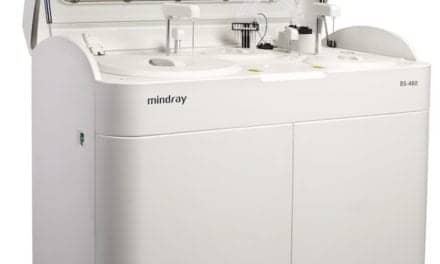Summary
AI is increasingly being used in clinical laboratories to triage samples, potentially altering how lab technicians prioritize and manage workflows. As some hospitals begin implementing systems that highlight high-priority samples based on urgency, lab techs need to understand AI’s role, potential biases, and impacts on turnaround times and staffing requirements.
As artificial intelligence (AI) continues to integrate into healthcare, clinical laboratories are at the forefront of this technological shift. The introduction of AI-based sample triage systems aims to streamline laboratory workflows by automatically prioritizing samples according to diagnostic urgency or patient acuity. This may reshape how clinical laboratory technicians manage their daily tasks, with implications for sample routing, processing, and oversight.
Understanding AI in Sample Triage
AI-based sample triage systems utilize algorithms designed to assess and prioritize laboratory samples. By analyzing patient data, these systems can identify samples that require immediate attention due to critical diagnostic needs. Hospitals and laboratories adopting these technologies aim to improve patient outcomes by ensuring that high-priority cases are expedited through the diagnostic process.
Several institutions are piloting these systems, with many expecting broader adoption by 2025. For instance, some hospitals are using machine learning models to flag samples that indicate potential life-threatening conditions, directing them to the top of the queue for analysis. These systems are not standalone solutions; they require integration with existing laboratory information systems (LIS) to function effectively.
Laboratory technicians must adapt to this new workflow, as their roles will evolve from manual sample triage to overseeing AI recommendations. This oversight is crucial, as human expertise remains indispensable in validating AI outputs and ensuring that no critical nuances are overlooked in the prioritization process.
Challenges and Implications for Lab Technicians
While AI offers promising advancements in sample triage, it also presents challenges that laboratory technicians must be prepared to address. One significant concern is the potential for bias in algorithms. If not carefully monitored, AI systems might inadvertently prioritize certain samples over others based on skewed data inputs. Technicians must remain vigilant in identifying and addressing any biases, working closely with data scientists and IT specialists to refine algorithms for fair and accurate prioritization.
Another critical aspect is the impact on turnaround times and staffing. AI systems can potentially shorten turnaround times by ensuring that urgent samples are processed first. However, this efficiency gain might require adjustments in staffing levels and roles. Technicians may need additional training to manage AI systems and interpret their outputs effectively. Furthermore, laboratories will need to establish protocols to handle discrepancies between AI recommendations and human judgment, ensuring that patient care remains the top priority.
Regulatory considerations are also paramount. As AI becomes more prevalent in laboratory settings, compliance with healthcare regulations and guidelines will be essential. Lab techs should stay informed about regulatory updates and best practices to maintain adherence to industry standards.
In conclusion, the integration of AI in sample triage represents a shift in clinical laboratory operations. While it offers the potential for enhanced efficiency and improved patient outcomes, it also requires a diligent approach to implementation and oversight. Laboratory technicians play a vital role in this transition, ensuring that AI systems are used responsibly and effectively within the clinical workflow. By staying informed and engaged with these technological advancements, lab techs can help shape the future of clinical diagnostics in a way that benefits both patients and healthcare providers.





